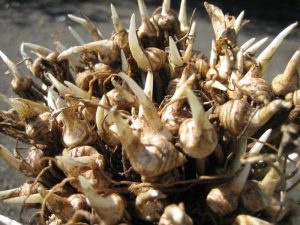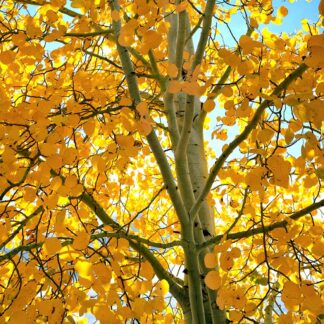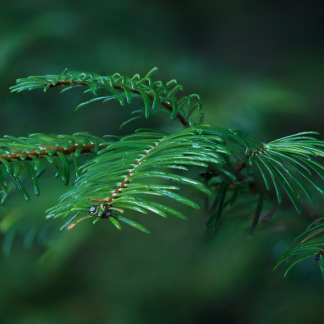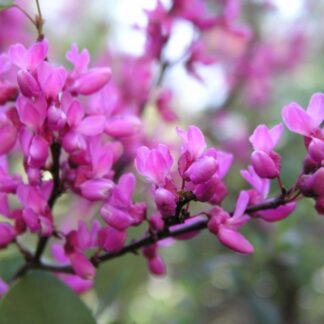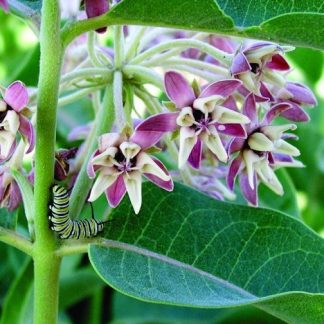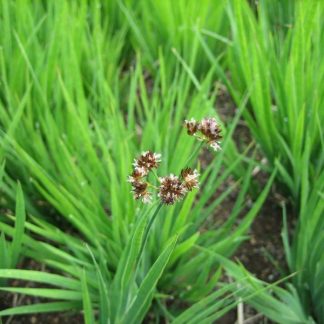Giant white trillium, sometimes called giant white wakerobin is a common sight in shaded forests of Oregon and California during the early spring. Usually found growing in dappled light, on nutrient rich slopes, Trillium albidum appears elegant in low growing clumps of large green leaf-like bracts, and brilliant white flowers. 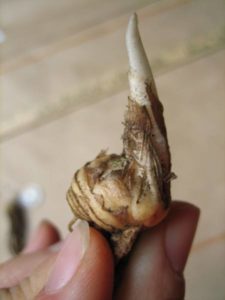 The scientific name easily breaks down to give the plant a lot of meaning, “Tri” referring to the fact that T. albidum has all flower parts in threes; “lilium” telling of it’s relations, the Lily family; “albidum” is latin for whitish, which refers to the flowers. The slightly mottled leafy bracts directly subtend the sessile white three-petaled flower, this is a good indicator of telling T. albidum
The scientific name easily breaks down to give the plant a lot of meaning, “Tri” referring to the fact that T. albidum has all flower parts in threes; “lilium” telling of it’s relations, the Lily family; “albidum” is latin for whitish, which refers to the flowers. The slightly mottled leafy bracts directly subtend the sessile white three-petaled flower, this is a good indicator of telling T. albidum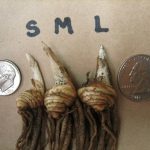 apart from T. ovatum, whose flower rises above the leafy bracts. An aerial view of an individual plant resembles a triangle with the white flower in the center. The Oregon Flora Project displays most of these morphological attributes in a selection of photos.
apart from T. ovatum, whose flower rises above the leafy bracts. An aerial view of an individual plant resembles a triangle with the white flower in the center. The Oregon Flora Project displays most of these morphological attributes in a selection of photos.
Trillium is a very long lived genus, with some species known to live for multiple decades. In the wild most trillium species take 7-10 years to produce flowers from seed. Many species are endangered/protected, which could be related to the length of time it takes the plant to reproduce sexually, because of this some states make picking trillium flowers illegal. Trillium seed is mainly dispersed by ants who transport the seeds to their home in order to consume part of the seed coat, to read more in depth about this, visit the Botany Blog. As larger versions of ants, we harvest all of our seed in the wild and then grow the plants for 3-4 years. Last year we dug the 3 year crop and our rhizomes were considerably smaller than our current 4 year crop, which should be (crossing our fingers) full of bloomers!
Check out what we still have available.
